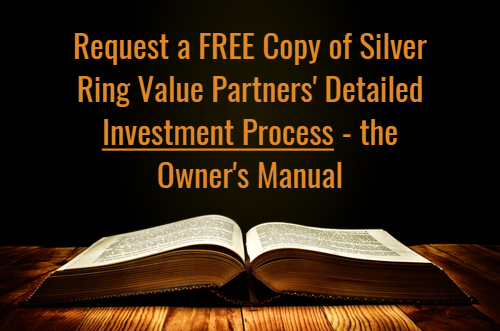Why You Would Not Have Invested With Warren Buffett
/Before becoming Chairman and CEO of Berkshire Hathaway, Warren Buffett built an amazing track record compounding capital in a small partnership in the 1950s and 1960s. Chances are you would not have invested with him: his partnership did not appear conventional and he did not invest conventionally.
Warren Buffett’s Partnership Did Not Appear Conventional
The Buffett Partnership did not have these typical aspects:
He did not have a large staff. As a matter of fact, for many years it was just him, and even in the partnership’s later years he was still the only investment decision-maker. Contrast that with today’s “hedge-fund master of the universe” starter package of two analysts, a CFO, and an executive assistant in the high-rent business district.
He did not offer high-touch personal service or spend time and money on extensive entertaining of his clients as is common among today’s financial advisors.
His partnership’s fee structure, which was based on a percentage of profits above a certain rate of return, was different from most others at the time.
He did not have a well-known brand, advertise widely or do many of the other marketing-related things that most of his competitors did.
He was young, in his 30s, compared to his competitors with gray hair that exuded experience.
Warren Buffett Did Not Invest Conventionally
Buffett invested in a small number of well-researched investments, in contrast with the conventional wisdom of wide diversification.
Buffett was focused on finding the most undervalued investments, which frequently led to him investing in small and unknown companies. In contrast many financial advisors and fund managers prefer to invest in well-known, blue-chip stocks, in part because clients are less likely to blame them if things go wrong.
He was focused on the long-term and on the comparison between price and the intrinsic value of each company rather than on what was going to happen in the next quarter or year.
Why You Would Not Have Invested With Warren Buffett
Let us suppose that you are an institutional investor representing a pension plan or an endowment. Would you seriously consider committing your organization’s capital with a seemingly quirky, young investor operating alone? What would your Board say? What would happen to your reputation if you were able to push through this unconventional decision and then something went wrong? On the other hand, even if things went well, would this decision really have enough positive impact on your career to justify the risk? For many, the principal-agent problem would be too hard to overcome, and they would settle on a more conventional choice of a bigger, more established firm operating more conventionally.
Let’s say that you are an individual investor. You have a significant advantage over the institutional investor in that you do not have to contend with the principal-agent problem. You have nobody to answer to but yourself, and perhaps your spouse and dependents. However, you are probably used to the idea that investing a substantial amount of money with a manager should entitle you to frequent entertainment, fancy dinners and conversations with him whenever you desire. Perhaps you even think that you want to have input into how he invests your capital or veto power over decisions. Plus, shouldn’t your investment manager have some gray hair and wear a nice suit with a bow tie? Warren Buffett on the other hand made it clear that he would not tolerate any interference with his discretion to manage the partnership’s capital. Furthermore he was upfront that his priority for his time was investing and that while he would communicate transparently with all of his partners he could not indulge each one in frequent in-depth discussions. Besides, he would not have looked the part to you, given his age and unusual methods of operation.
Conclusion
So chances are you would not have invested with Warren Buffett, whether you are an institutional investor or an individual one. That would have been most unfortunate for the rate at which your wealth would have compounded. For according to Buffett’s letter to his partners in 1969, the Buffett Partnership compounded capital at an annual rate of over 25% per year from 1957 through 1968, more than two and a half times the rate of the market. And how did the large, well-known mutual funds perform over that time, with their large teams, good brands, and conventional approaches? The ones that would have looked just right to many investors? They did just about average.
If you are interested in learning more about the investment process at Silver Ring Value Partners, you can request an Owner’s Manual here.
Note: An earlier version of this article was published on Forbes.com and can be found here.




